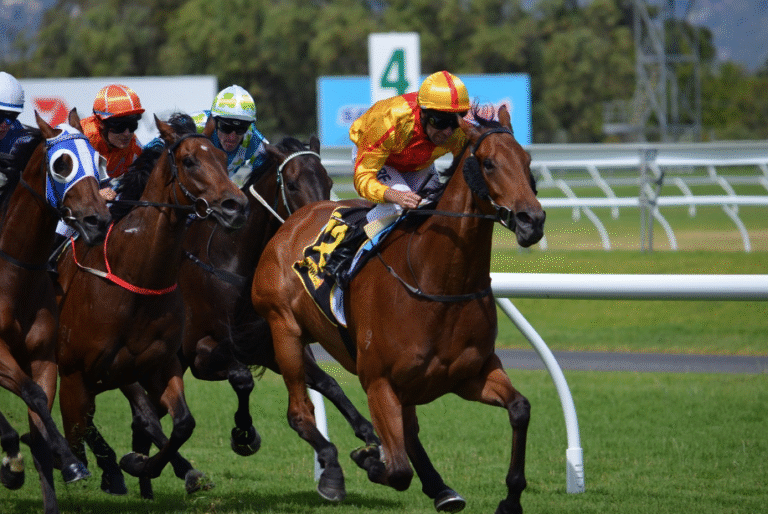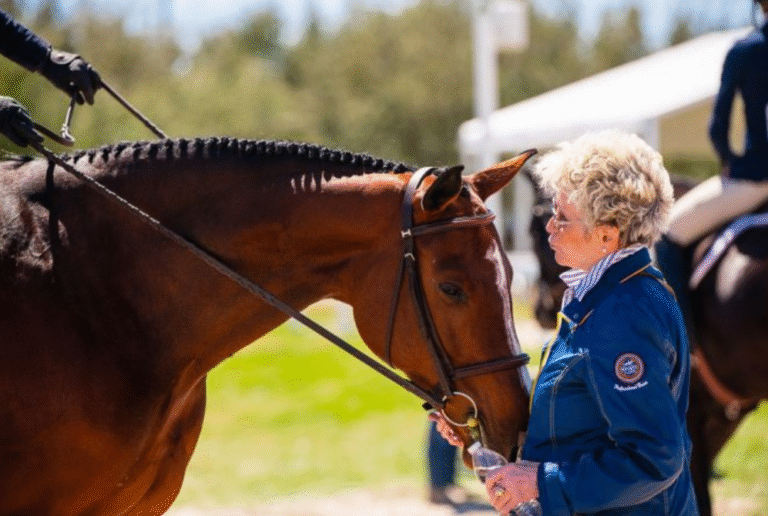The Evolution of Horse Racing Tracks: Then vs. Now

The evolution of horse racing tracks reveals a fascinating journey from ancient communal venues to modern entertainment hubs. Initially, these tracks served to unite communities through competition. Over time, advancements in surface materials and spectator amenities have reshaped the experience for both horses and fans. This transformation prompts a closer examination of how these changes reflect shifting cultural values and expectations in the realm of sports. What implications do these developments hold for the future of horse racing?
The Origins of Horse Racing Tracks: A Historical Perspective
Although horse racing can be traced back to ancient civilizations, the establishment of dedicated racing tracks marked a significant evolution in the sport’s organization and popularity.
These tracks emerged as pivotal venues, reflecting the cultural significance of horse racing in society. They not only facilitated competitive events but also fostered community engagement, allowing spectators to celebrate shared passions rooted in the sport’s ancient origins.
See also: The Ethics of Horse Racing: Navigating Controversy and Debate
The Transformation of Track Surfaces: From Dirt to Synthetic
The evolution of horse racing tracks has not only encompassed architectural and organizational advancements but also significant changes in track surfaces.
Traditionally favored, dirt advantages include natural shock absorption and a classic aesthetic.
However, synthetic innovations have emerged, offering enhanced safety, consistency, and reduced maintenance.
This transformation reflects a broader commitment to equine welfare and performance, shaping the future of the sport.
Technological Advancements: Enhancing the Racing Experience
As horse racing continues to evolve, technological advancements play a pivotal role in enhancing the overall racing experience for both spectators and participants.
Virtual reality allows fans to immerse themselves in races, creating a sense of presence.
Meanwhile, data analytics provides insights into horse performance and betting trends, enabling informed decisions.
Together, these innovations elevate engagement and foster a deeper connection to the sport.
Spectator Amenities: Evolving Expectations and Experiences
How have spectator amenities transformed in the world of horse racing?
Contemporary tracks now prioritize diverse seating options and gourmet food vendors, enhancing the overall experience.
Entertainment zones engage fans, while accessibility features ensure inclusivity for all attendees.
Additionally, luxury suites offer a premium viewing experience, reflecting a shift towards comfort and engagement, ultimately redefining how spectators interact with the sport.
Conclusion
In conclusion, the evolution of horse racing tracks reflects a broader cultural shift towards enhancing spectator engagement and safety. For instance, the introduction of synthetic surfaces at tracks like Santa Anita Park has significantly reduced injuries among horses, while also improving maintenance efficiency. This case exemplifies how modern innovations not only preserve the integrity of the sport but also elevate the overall experience for fans, illustrating the dynamic interplay between tradition and contemporary advancements in horse racing.



